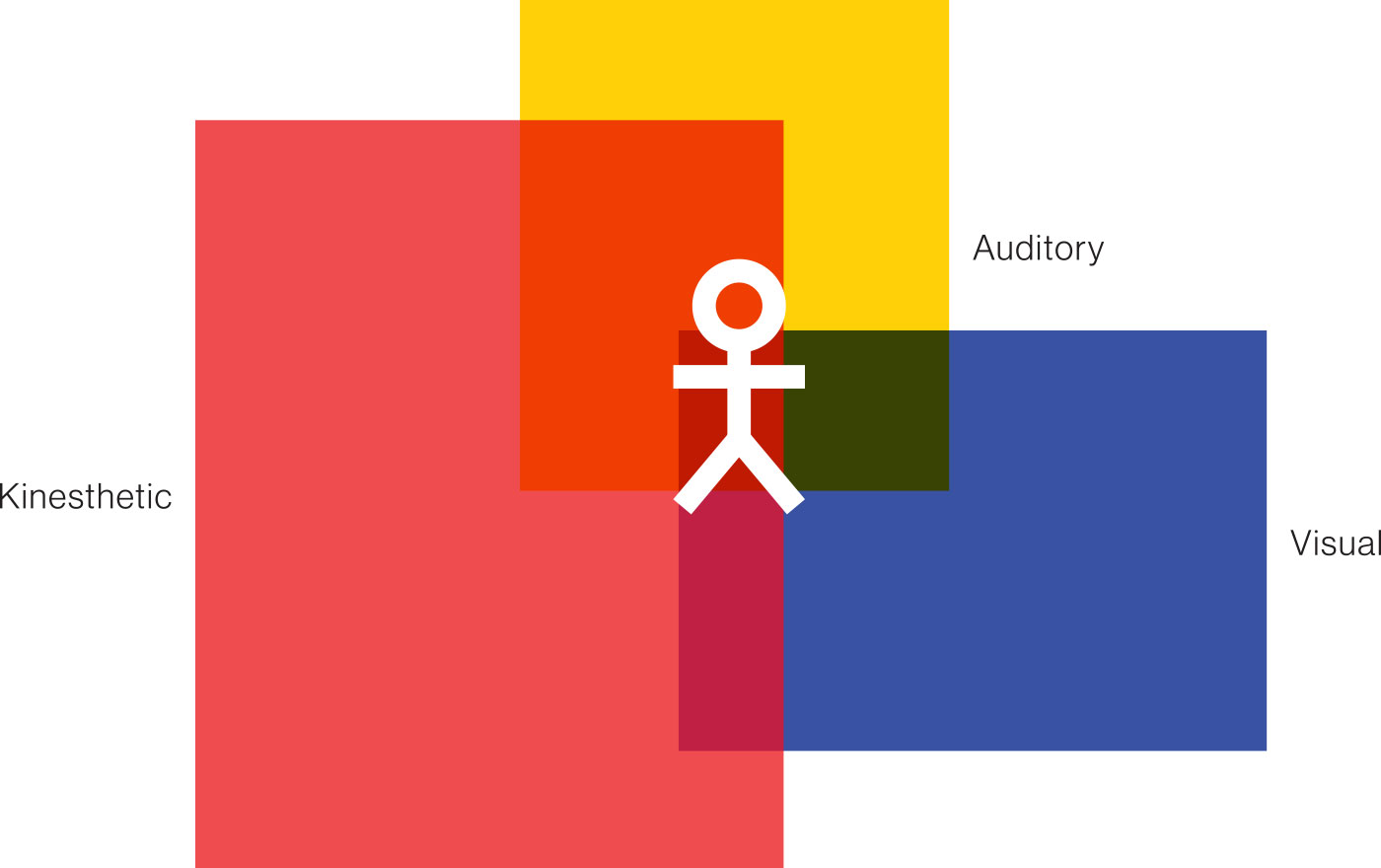Sponsors
Sponsor one of our PD’s, Grants, Events & More!
Ambassadors
Spread the word about LSG while raising the awareness for the arts in education!
Entrepreneurs
Plan you own event to benefit LSG and help us grow!
When The Arts are used to teach a discipline, research shows children grasp a deeper understanding. For some children, the arts are absolutely essential for this is how they learn best.
Arts-Infused Inquiry Based Learning (AIIBL) empowers all students to achieve via intellectually challenging, inquiry-based, integrated experiences, which are fun, exciting, relevant, and engaging.
Inquiry-based Learning (IBL) seeks to develop life-long learners while adhering to the philosophy that teachers are facilitators of children’s learning. This style of deep learning is student-centered. It is a fluid and evolving approach to how knowledge is learned and transmitted. Using state or Common Core State Standards (CCSS) as the guidelines to the content of learning, IBL adds depth, complexity, and novelty to those standards.
To create meaningful, child-centered learning experiences for their students, teachers must design instruction that accounts for the different ways that children learn.
Key elements to consider are children’s learning modalities and the multiple intelligences as described by Howard Gardner (1993). Learning Modalities are the ways in which students take in information:
Visual learners learn best by seeing information. Auditory learners learn best by listening and talking. Kinesthetic learners learn best through bodily movement.

AIIBL strongly supports challenged literacy learners, second language learners, gifted and talented students, and students with special needs. It provides all children with an opportunity to learn and express themselves through multiple modalities. AIIBL is simply best practice for all students in the 21st Century.
Arts-Infused Inquiry Based Learning is the perfect vehicle for supporting students in achieving the goals of the Common Core State Standards (CCSS). This instructional approach facilitates depth and complexity in curricula while fostering the 5 C’s (Community, Collaboration, Communication, Critical Thinking, and Creativity) of 21st Century Learning. Both LSG and CCSS articulate the need for using pedagogy that both creates a culture of high expectations for all students, including those with disabilities, and provides all learners with the opportunity to meaningfully access and interact with curricula.
We believe assessment and data-driven instruction are an integral part of quality education; however it must be noted that not all aspects of a child’s growth and development can be measured by traditional means. It is our belief that students should be provided with multiple avenues in which they can demonstrate mastery of a standard including academic, performance, and social/emotional.
Within our educational system children should be given the opportunity to shine in a variety of manners. We believe that the unique talents and skill sets of children can only be fully demonstrated though an integration of project and performance-based assessments as well as more traditional and standardized assessments. It is through this integration of measures that the ability to recognize true depth of knowledge, growth and overall achievement can be attained.